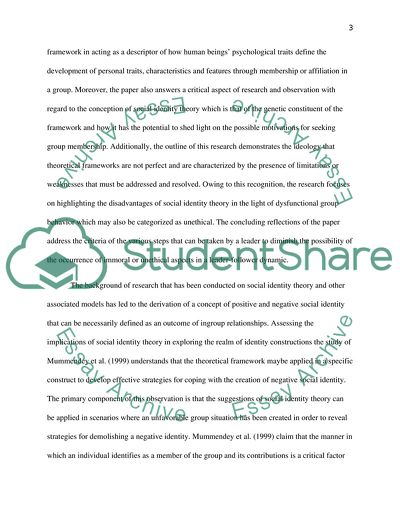Cite this document
(A Concept of Positive and Negative Social Identity Essay Example | Topics and Well Written Essays - 2250 words, n.d.)
A Concept of Positive and Negative Social Identity Essay Example | Topics and Well Written Essays - 2250 words. https://studentshare.org/sociology/1810239-social-idenity
A Concept of Positive and Negative Social Identity Essay Example | Topics and Well Written Essays - 2250 words. https://studentshare.org/sociology/1810239-social-idenity
(A Concept of Positive and Negative Social Identity Essay Example | Topics and Well Written Essays - 2250 Words)
A Concept of Positive and Negative Social Identity Essay Example | Topics and Well Written Essays - 2250 Words. https://studentshare.org/sociology/1810239-social-idenity.
A Concept of Positive and Negative Social Identity Essay Example | Topics and Well Written Essays - 2250 Words. https://studentshare.org/sociology/1810239-social-idenity.
“A Concept of Positive and Negative Social Identity Essay Example | Topics and Well Written Essays - 2250 Words”. https://studentshare.org/sociology/1810239-social-idenity.


